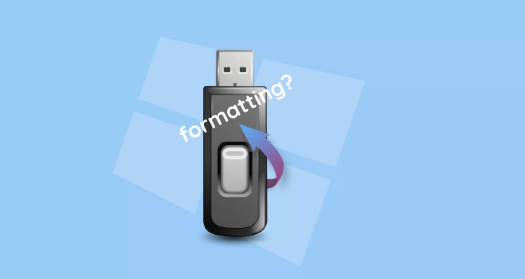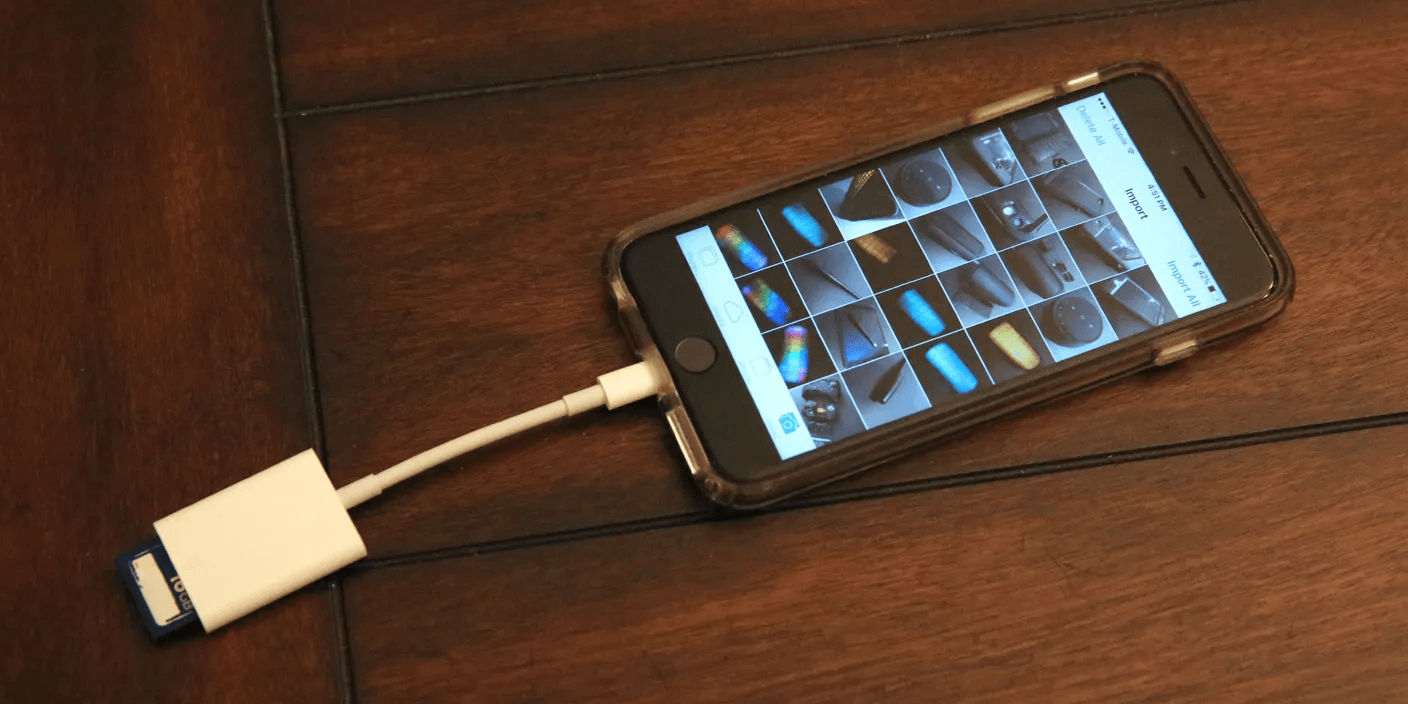Many users like to put their files or folders on the desktop while using a Mac. It is convenient for quick access to the files. However, the problem is that some of them may face issues with desktop files disappearing on Mac due to various reasons, such as accidental deletion. So, this article aims to help these users recover files or folders on the desktop that disappeared on Mac.
Why Do Files/Folders Disappear From My Macbook?
Various reasons can cause Macbook files or folders to disappear from the desktop; here are some common reasons listed.
| Reasons | Description | Fixes | User experience |
| Wrong sync of iCloud Drive | If you have turned on the iCloud Drive, the files or folders may have synced to the iCloud Drive and were deleted from Mac. | Recover desktop files by checking iCloud Drive | Easy with simple steps. |
| Files are hidden from the desktop | Sometimes, your files are hidden due to incorrect settings like Hide extensions for known file types, leading to you not being able to access the files. But the files are stored on your Mac. | Show Hidden Desktop Files using Finder or Terminal | Easy with simple steps. |
| Files are moved to another place | You may forget you have moved the files to another destination and can’t find them. | Recover Desktop Files on Mac Using Spotlight Search | Only remembering exact keywords can be helpful. |
| Accidental deletion | It is the most possible reason that you have accidentally deleted your files or folder on your Mac desktop. | Recover Hidden Desktop Files using the Trash | This can be only used if the files are not permanently deleted. |
| Use third-party recovery software to restore desktop folders on Mac | Easy to use with intuitive steps. | ||
| Recover Macbook files disappeared from the desktop by using Time Machine Backup | Only works when you turn on the feature. | ||
| Abrupt power outage | Abrupt power outages may cause data loss. | Use third-party recovery software to restore desktop folders on Mac | Easy to use with intuitive steps. |
| Computer crashes | Computer crashes may lead to various Mac errors, including data loss. | Use third-party recovery software to restore desktop folders on Mac | Easy to use with intuitive steps. |
| You have updated macOS | Sometimes, a failing update will cause data loss. | Use third-party recovery software to restore desktop folders on Mac | Easy to use with intuitive steps. |
How to recover files/folders that disappeared from desktop on Mac?
Here are some methods to recover desktop files deleted from Mac. Choose a suitable one for yourself.
Method 1: Recover desktop files/folders by checking iCloud Drive
iCloud is a great utility that allows you to back up your vital files. If you have set the iCloud, your files possibly transferred to iCloud. So, checking your files on iCloud may help you recover disappearing files from your desktop on Mac. However, the most important thing is turning off your sync of iCloud to prevent files from transferring to iCloud again. To disable iCloud Drive, here are the steps:
- Step 1. Click System Preferences on the Apple menu.
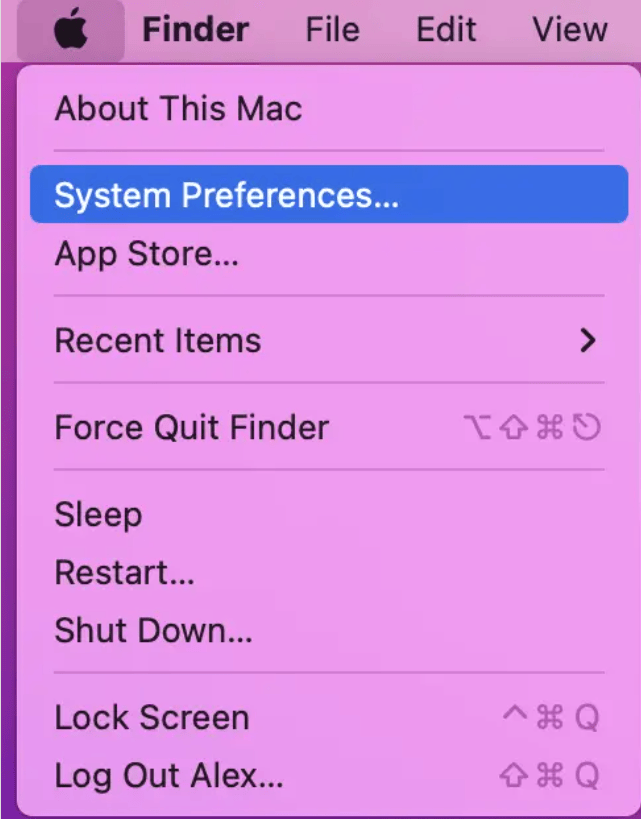
- Step 2. Click iCloud on the Apple ID page.
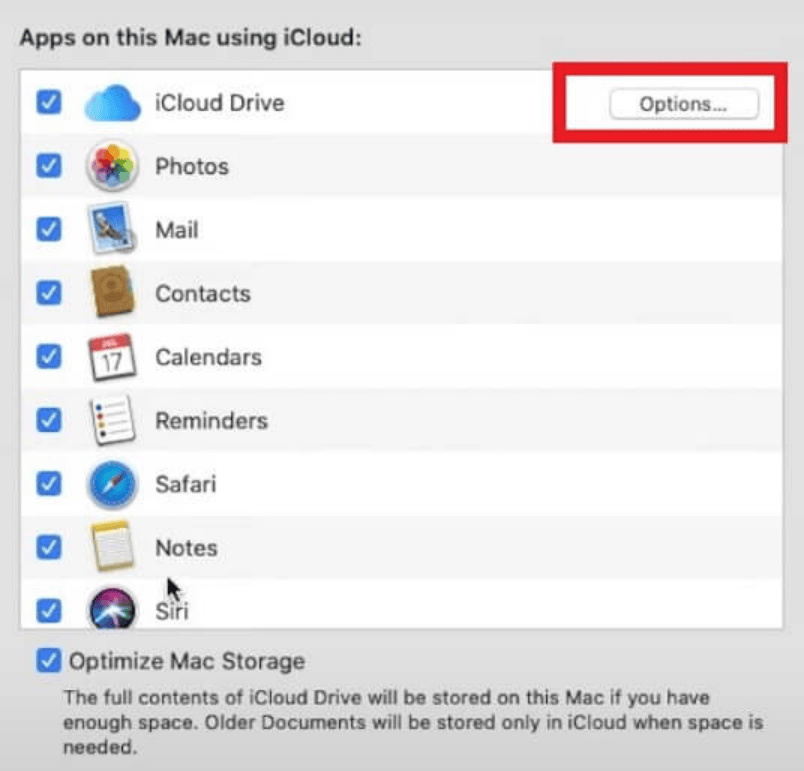
- Step 3. On the right panel, click Options near iCloud Drive.
- Step 4. Uncheck Desktop & Documents Folders and then click Done.
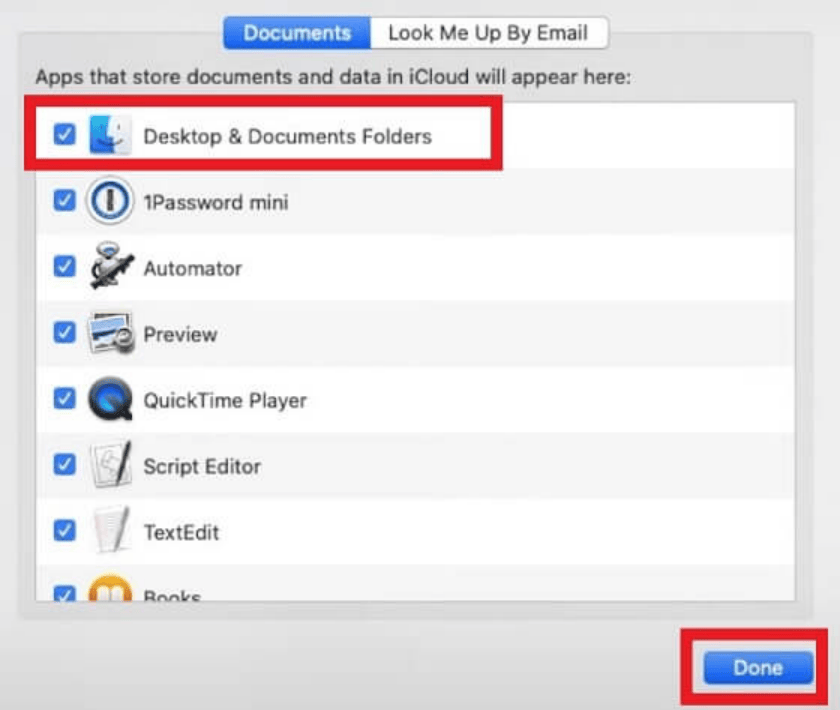
- Step 5. You may receive a warning message during the process: “It will remove files and folders from desktop and documents folders and show only in iCloud Drive.” Just ignore it and finish the process.
- Step 6. Go to iCloud, find your files, and download them back to your desktop.
Method 2: Show Hidden Desktop Files using Finder or Terminal
Mac allows users to hide their files, which is also a reason why your files or folders on the Mac desktop are missing. You can unhide the files by changing the settings using Finder or Terminal.
To unhide files using Finder:
- Step 1. Click Find the Dock.
- Step 2. Click Preferences.
- Step 3. Click the Sidebar on the top bar. Then, choose the item Desktop to unhide the files.
- Step 4. Check if your files are unhidden.
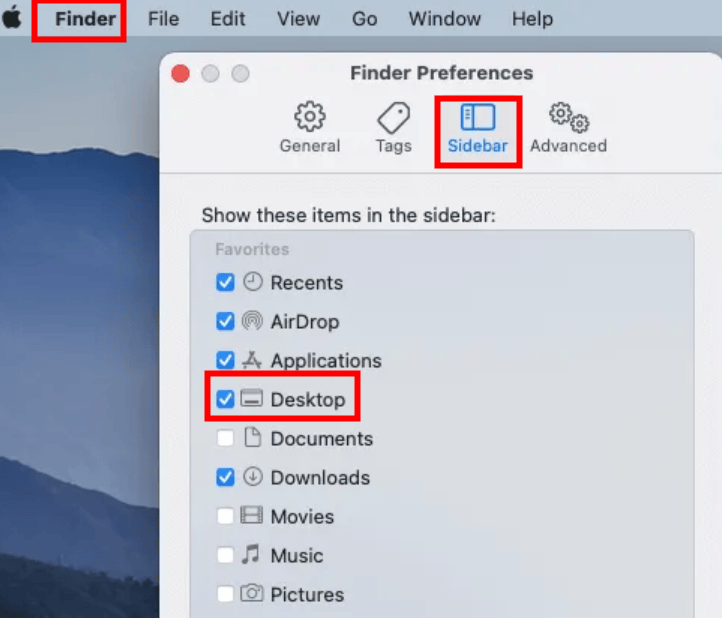
To unhide files using the Terminal:
- Step 1. From Dock, click Launchpad, click Others, and then click Terminal.
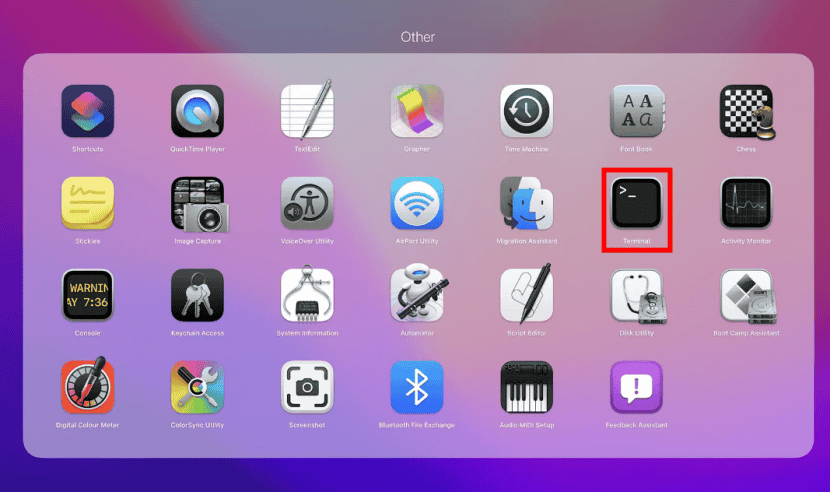
- Step 2. In the window, enter the following commands in order and press Enter:
defaults write com.apple.finder AppleShowAllFiles YES
killall Finder
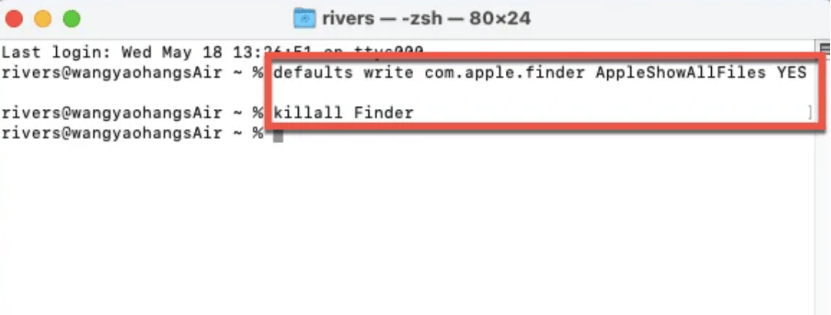
- Step 3. After the process is done, exit Terminal and check if your files are back.
Method 3: Recover Desktop Files on Mac Using Spotlight Search
In this way, you can search for the files that you cannot find, in case you have forgotten the files are transferred to another destination already. Spotlight can search all the files on Mac, even if they are in the Trash.
- Step 1. Click the magnifier.

- Step 2. In the pop-up window, enter the name or keywords of the file.
- Step 3. Spotlight will give you many results that match with the keywords; you can find the file you want.
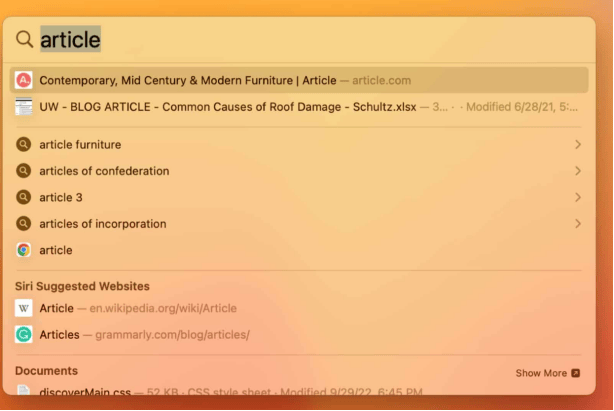
Method 4: Recover Hidden Desktop Files using the Trash
It is possible that you mistakenly delete your file without noticing. But if you are lucky enough, you can find the file in the Trash. So, apart from searching on Spotlight, directly recovering the file from the Trash may be faster if you don’t remember the exact keywords or the name of the file.
- Step 1. On the Dock, click the trash icon.

- Step 2. Scroll the files in the list to find your file.
- Step 3. Right-click the file and click the Put Back option to move the file back to the original place on the desktop, but directly dragging the file onto the desktop may be more effective.
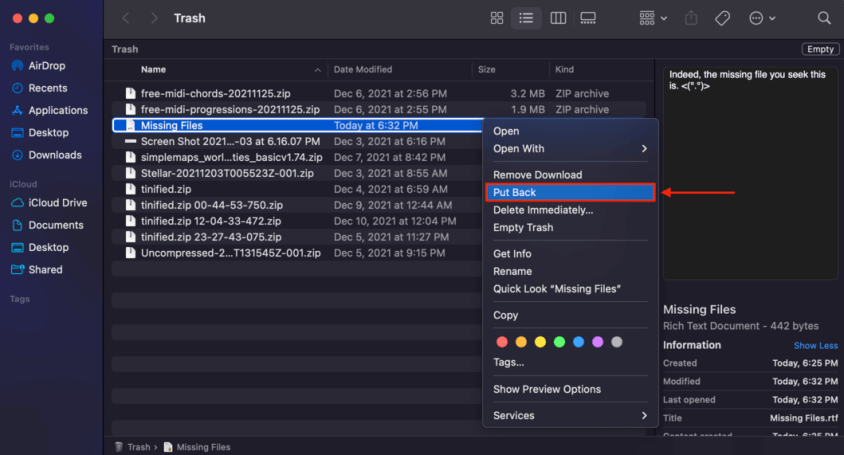
Method 5: Recover Macbook files disappeared from desktop by using Time Machine Backup
It is an alternative way to recover your missing desktop files on a Mac if you have set the Time Machine backup. Time Machine is an app that takes snapshots of folders and files at a time point so that you can get them back. If you don’t backup using Time Machine, you may not use this method.
- Step 1. Go to the System Preferences > click Time Machines.
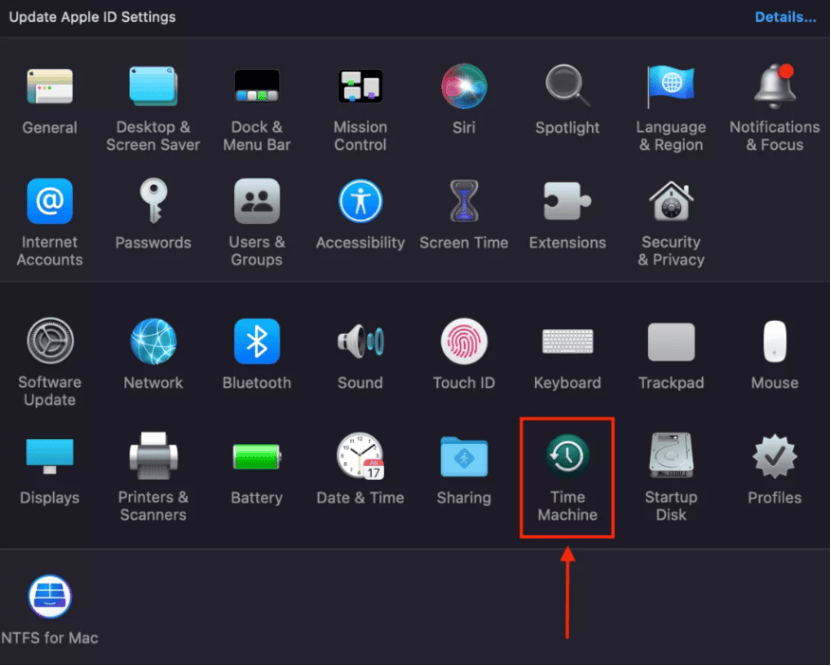
- Step 2. At the bottom of the screen, check the Show Time Machine in the menu bar option.
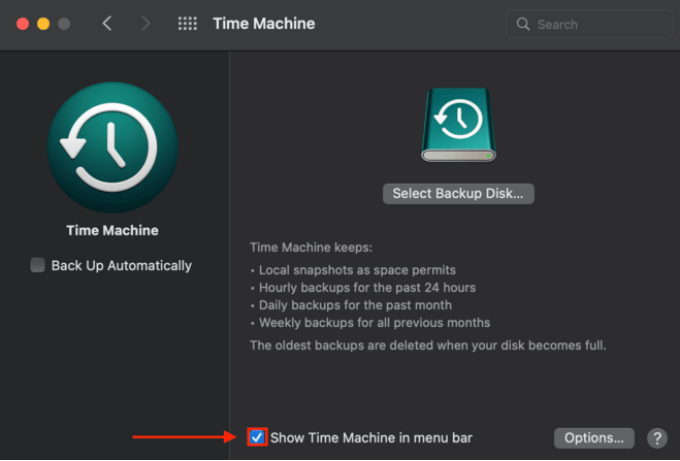
- Step 3. On the Mac menu, click the clock icon > click Time Machine.

- Step 4. Use narrows on the right side to browse the snapshots to find your files.
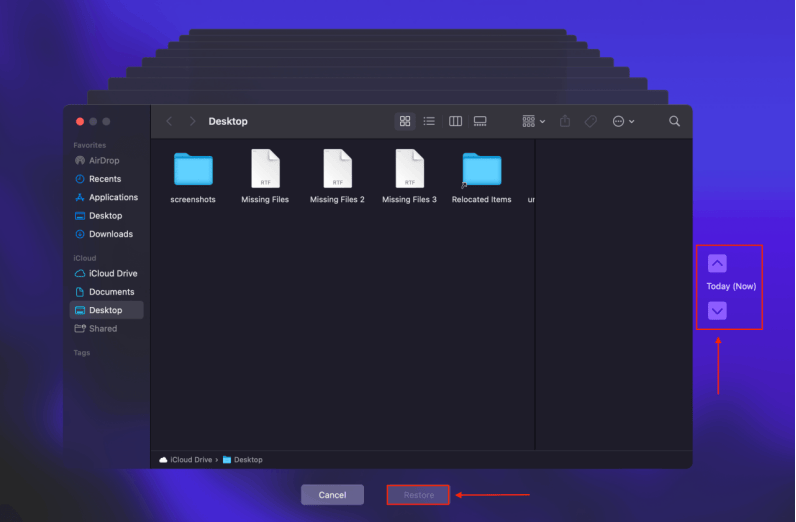
- Step 5. After finding the file, select it and click Restore to recover it.
Method 6: Use third-party recovery software to restore desktop folders on Mac
If you use the above methods but fail to find your folders, the folders may be permanently deleted by using Option + Command + Delete and may be overwritten by the file in the same or any other incorrect operations. So, the most suitable and easy way is to utilize third-party recovery software even if you don’t have a backup.
ONERECOVERY for Mac is a practical and professional software to get your valuable files right back within three steps.
- Step 1. Download and launch ONERECOVERY. Select the Desktop to scan your data.
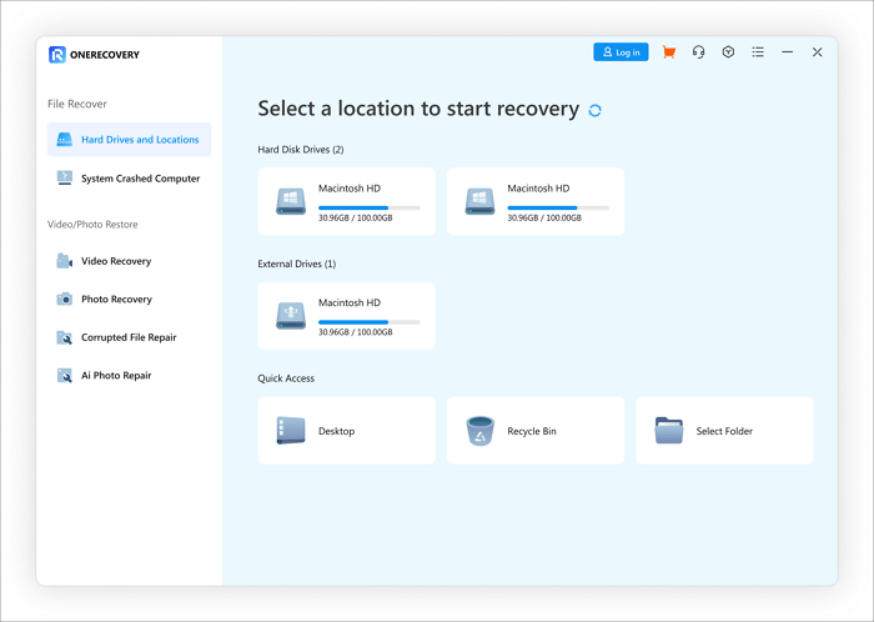
- Step 2. ONERECOVERY will initiate the scan and present the results to you.
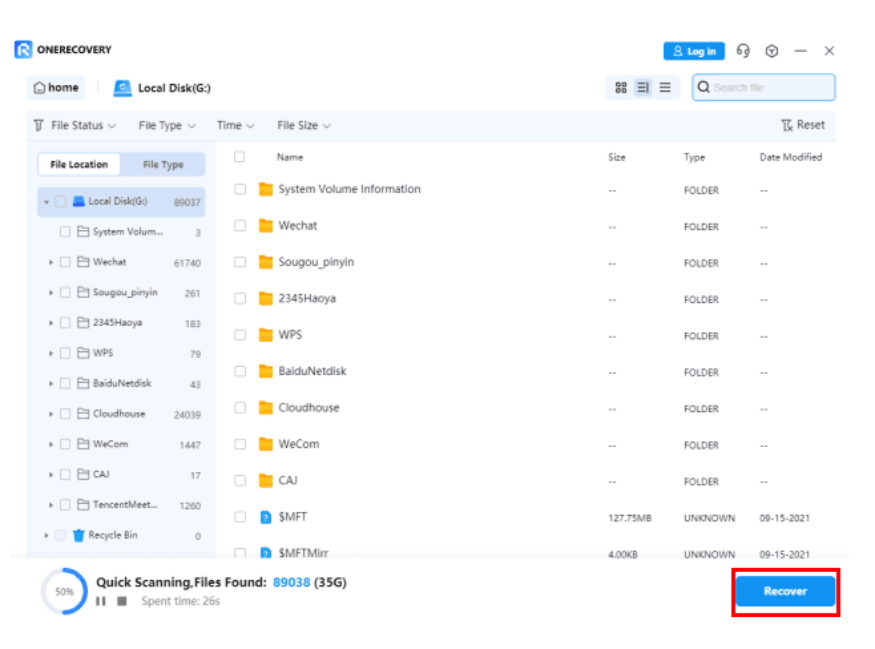
- Step 3. Just browse the items to find your file and save it to another place.
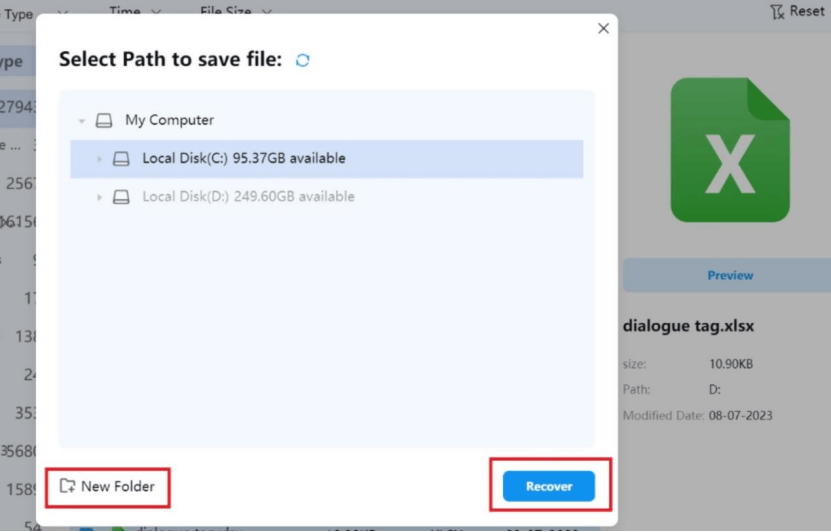
Other features of ONERECOVERY include:
- It is compatible with Windows and macOS.
- It supports more than 1000 variations of file type, including documents, photos, audio, videos, etc.
- It supports quick scan and deep scan.
- It supports recovering from multiple scenarios of data loss, including accidental deletion, formatting, incorrect operations, etc.
- It offers previews and thumbnails for files before initiating the recovery process.
Bonus tips: Where the deleted files on a Mac computer are moved to?
Where the deleted files on the Mac desktop are moved to depends on the reasons that caused them to be deleted. If the files are mistakenly deleted, they could be moved to Trash, and they could be moved to iCloud Drive if you enabled sync. Also, the files could be anywhere on the computer if you forgot that you have transferred them already.
Wrap up
In this article, you learn the common reasons that may cause files on a Mac desktop to disappear. The above six methods we provide are practical and helpful. You can try them one by one until the problem gets solved, or if you are sure that you accidentally deleted the desktop files, you can use ONERECOVERY to recover your desktop files in the first place.

I’m Woody, your go-to guide in the realm of data recovery and computer techniques. With a passion for unraveling tech intricacies, I’m here to share insights, tips, and solutions to empower you in the digital landscape. Feel free to ask me when you meet any problems on this fantastic journey!





